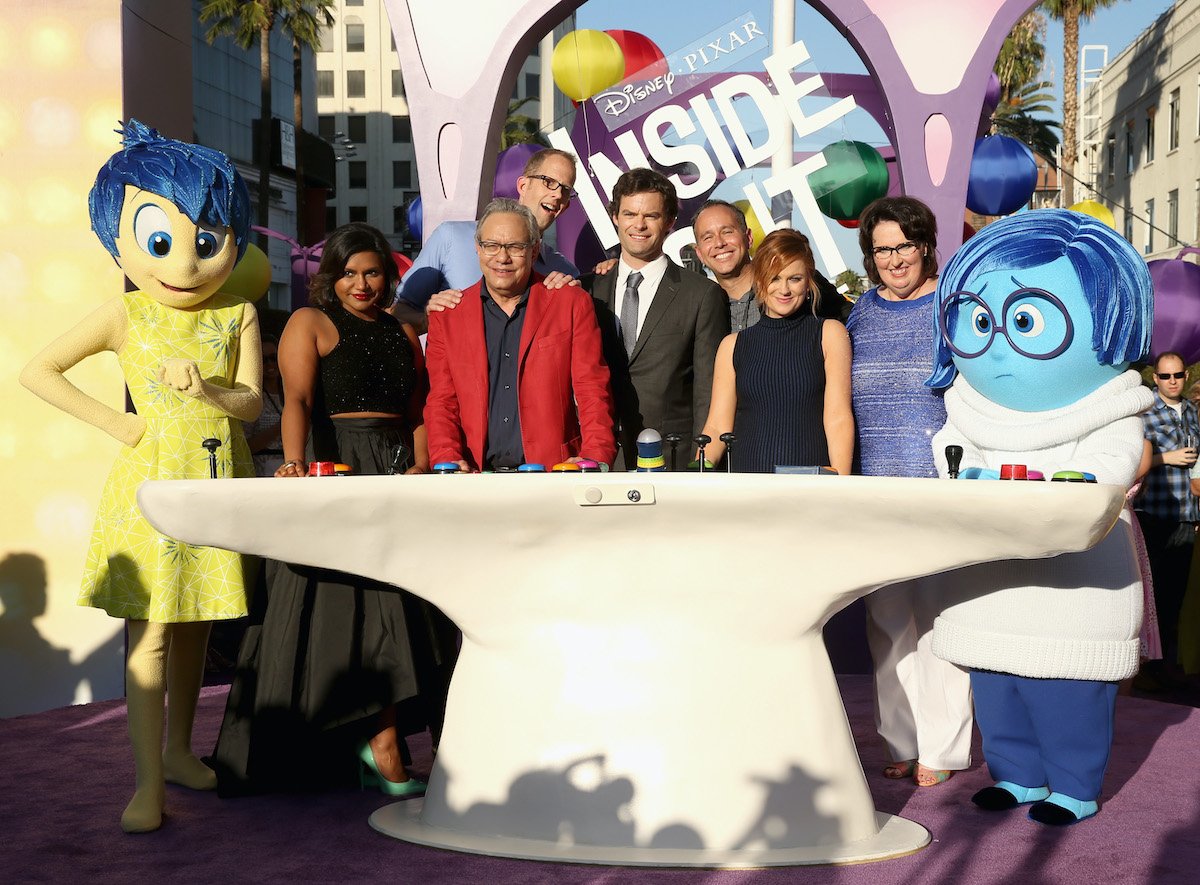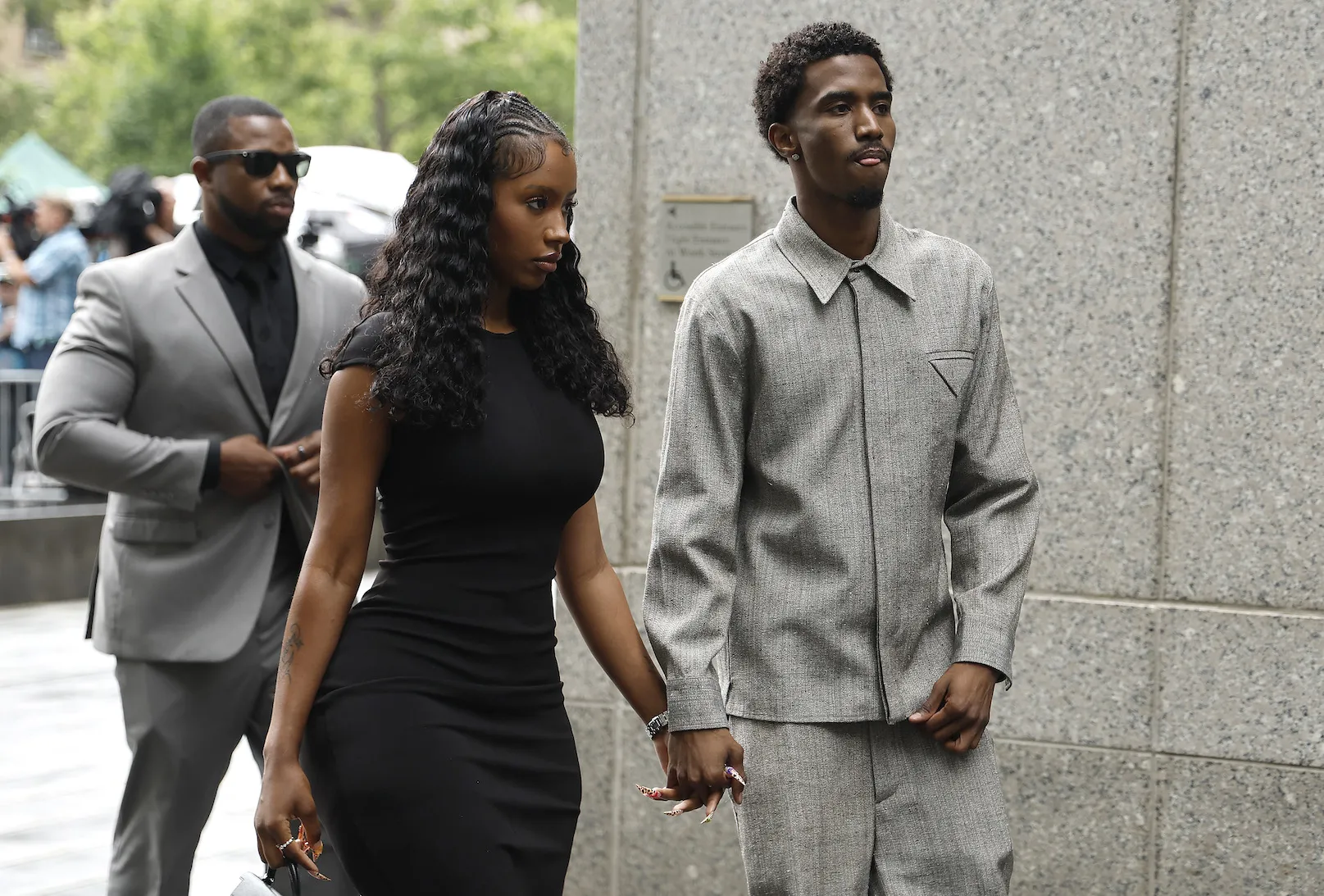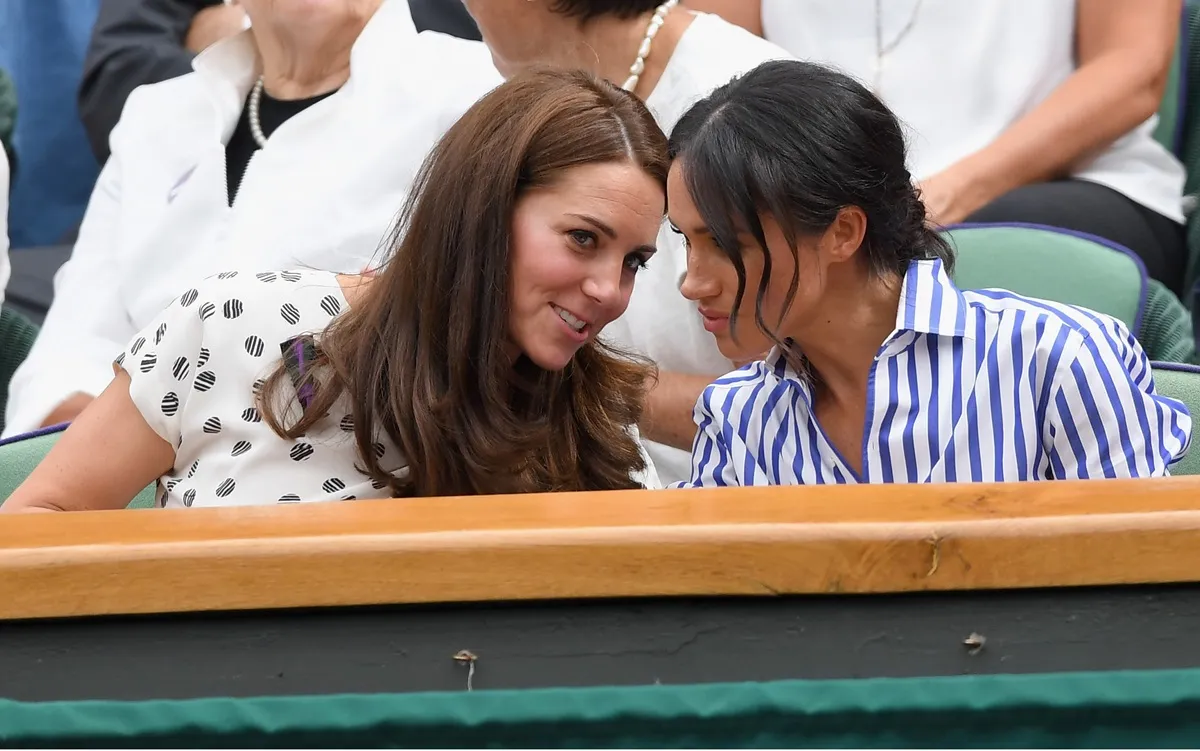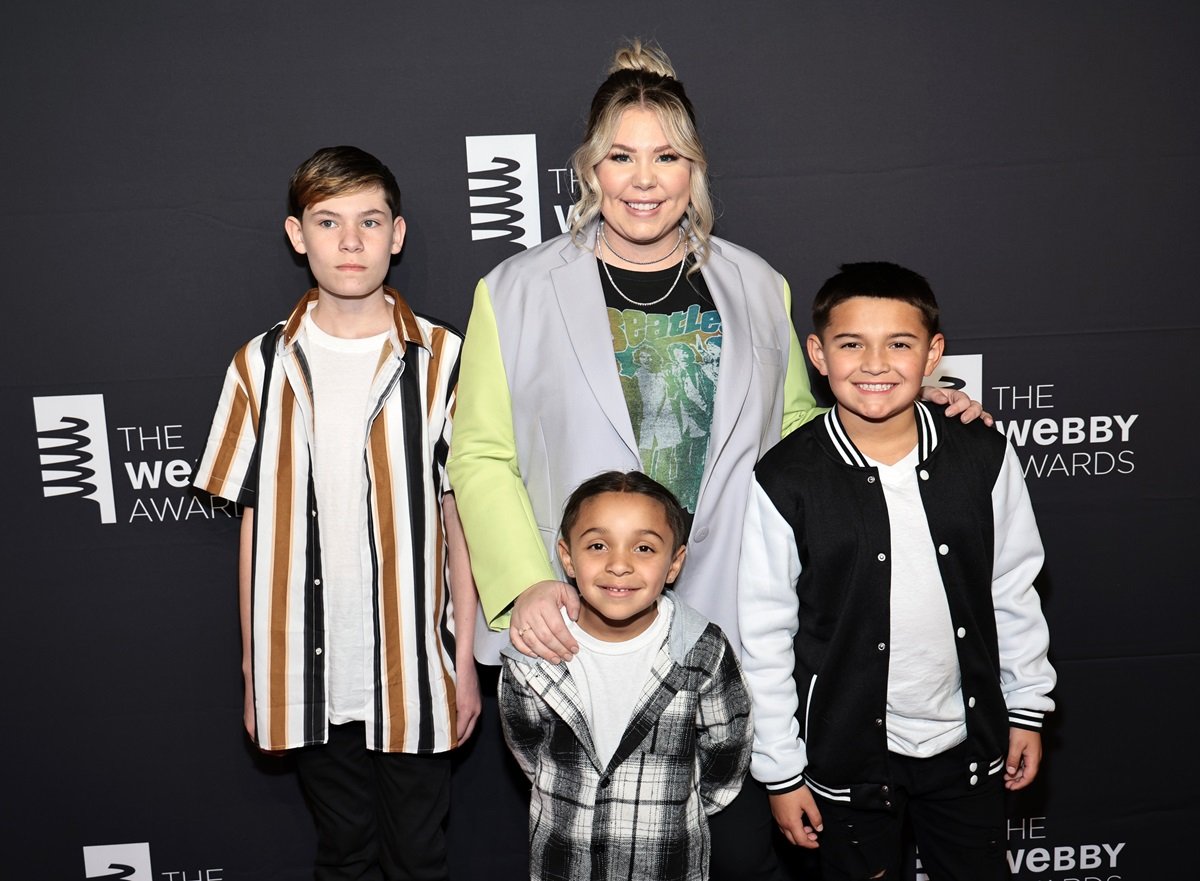With ‘Inside Out,’ Pixar Accidentally Made a Subtle Statement about Gender Identity
Toy Story was not only the first full-length computer-animated release. It also established how Pixar Animation Studio could use fantastical elements to explore deeply meaningful topics. Pixar arguably elevated its own reputation — in the eyes of many fans — with 2015’s Inside Out. As it turns out, the hit film even subtly offered commentary on gender identity.

Pixar has a history of showing the inner lives of unlikely living things
With early releases such as Toy Story, A Bug’s Life, and Monsters Inc., Pixar found its niche in exploring unknown worlds that existed just below the surface. Suddenly, audiences were emotionally attached to toys, bugs, monsters, and — later on — cars, rats, robots, and the like. But Inside Out literally inverted this concept. For the first time, the story is internal.
The movie centers 11-year-old Riley (voiced by Kaitlyn Dias). After her parents move her to a new city, Riley is forced to adjust to a whole new life. And as a results, her emotions — here represented as personified beings — find themselves dealing with a catastrophe. Suddenly, Joy (voiced by Amy Poehler) and Sadness (voiced by Phyllis Smith) struggle to regain control.
‘Inside Out’ offers a fascinating, poignant portrait of emotions
That premise ultimately unveils a deeply powerful revelation about the complexity of human emotions. And Inside Out earned much acclaim — as well as $858 million at the worldwide box office — for how it makes this commentary accessible to viewers of all ages. Yet, the movie touches on new territory in a dinner scene that delves into Riley’s parents’ emotions.
Viewers get a glimpse into the heads of both Riley’s mom and dad (voiced by Diane Lane and Kyle MacLachlan). While Riley’s emotions are a mix of male and female characters, her parents each correspond exclusively to their own genders. In this way, Inside Out could be making a statement about Riley’s developing sense of gender identity.
At least that’s how John Lasseter, former head of Walt Disney Animation Studios saw it. In an interview with CinemaBlend upon the film’s release, Inside Out director Pete Docter confirmed this was Lasseter’s interpretation. According to Docter, Lasseter assumed the film stated how adults get “set in [their] ways” whereas “as a kid, you can… anywhere is possible.’”
Gender identity didn’t factor into the director’s decision, however
Although Lasseter’s interpretation might be valid, Doctor told CinemaBlend it wasn’t necessarily why the minds of Riley’s parents are so different from her own. Rather, her mom and dad’s emotions are all a single gender to streamline the storytelling, Docter said.
“For the comedy of it, we’re cutting between 18 characters and 4 locations in that dinner scene, so we just went broad with it — kind of how SNL would do it. They all have like dopey obvious mustaches or big red glasses so that you’re instantly clear on, ‘Oh, it’s mom; it’s dad.’”
Even though Riley’s gender identity might not have factored into the decision, it still adds an interesting wrinkle to what Inside Out has to say. The film’s already rich in its commentary about how people’s emotions evolve over time. And this detail makes Pixar’s Oscar winner even better.


